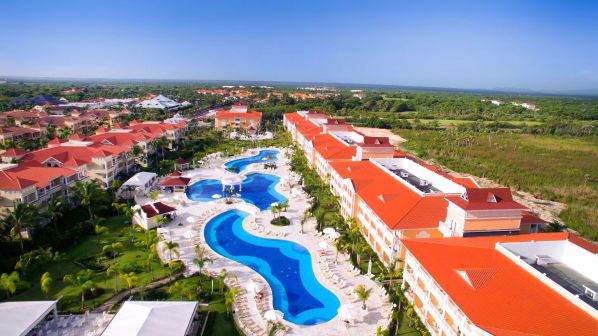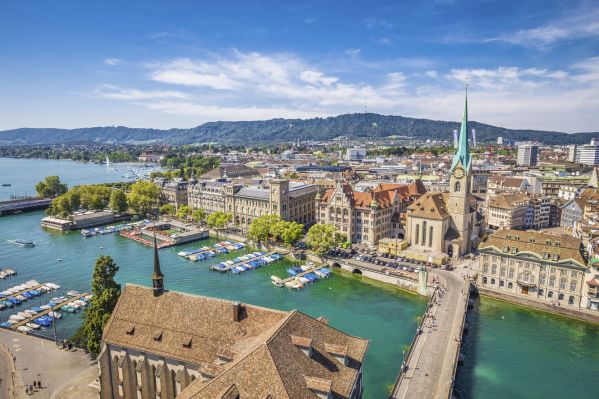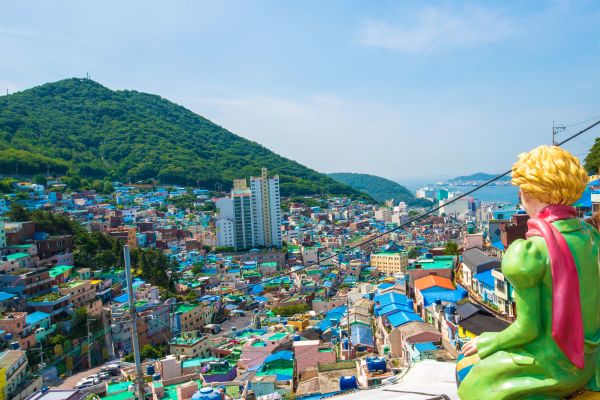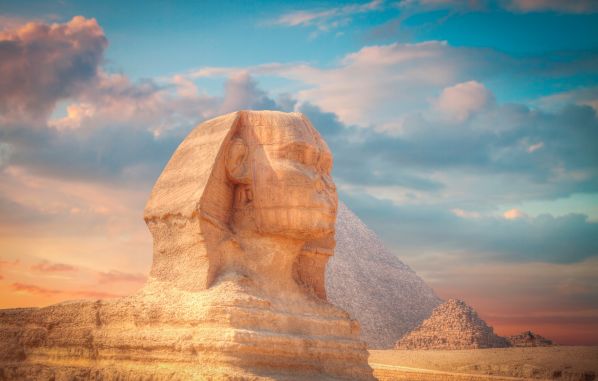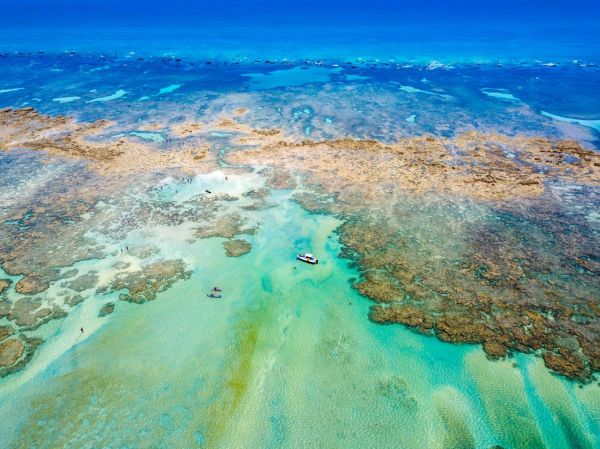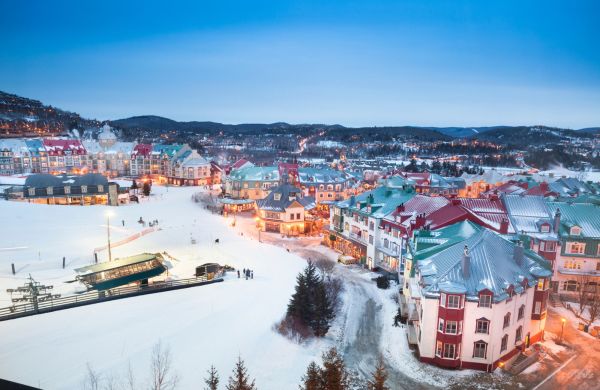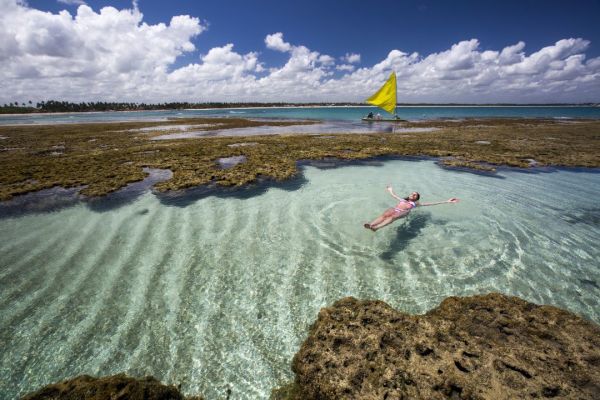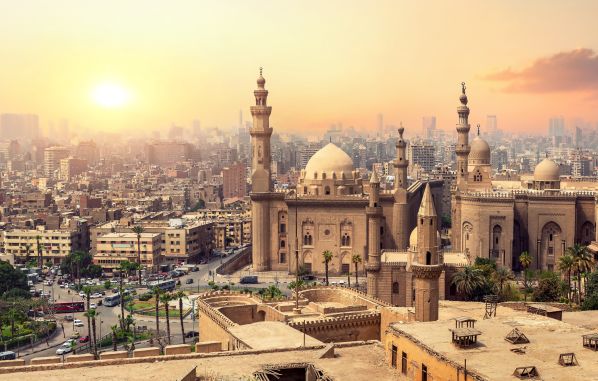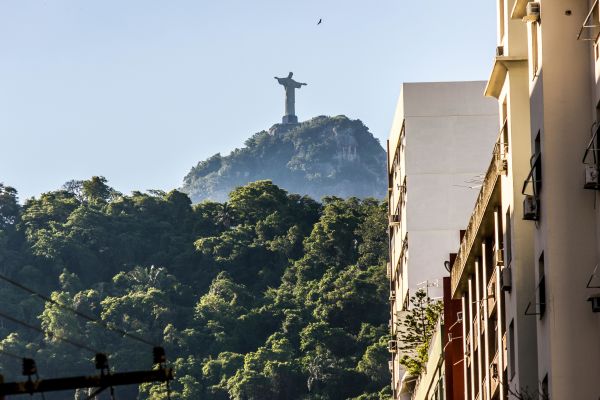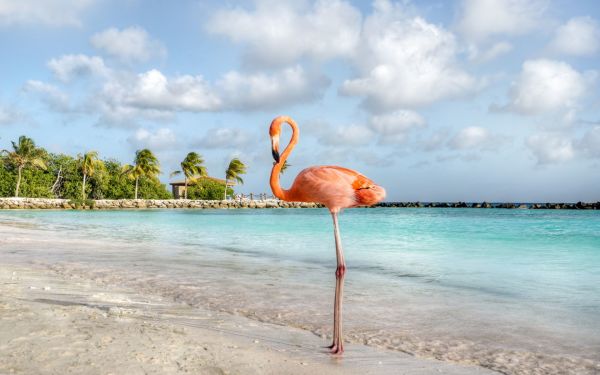Pamukkale: What to see in Türkiye’s “cotton castle”

A cotton castle , where the towers are not made of stone but of white limestone , where the walls are formed by natural terraces overflowing with turquoise water . Pamukkale , though it sounds like a fairy tale , exists and is one of Turkey 's most impressive natural wonders .
Its name literally means " cotton castle ", but what travelers see upon arrival is not cotton, but travertine formations created over thousands of years by the constant flow of mineral- rich hot spring water .
This amazing landscape , which seems straight out of a dream , attracts millions of adventurers every year eager to immerse themselves in its natural pools and explore the remains of an ancient city .
A geological treasure
Located in the southwestern region of Turkey , in the province of Denizli , Pamukkale lies in the Menderes River valley , over 600 kilometers from Istanbul and about 475 kilometers from Ankara . It is the main tourist attraction in the Anatolian region after Cappadocia .
This natural and archaeological gem can be visited on an organized tour or independently . The quickest option is to take a flight from Istanbul to Denizli Airport , located about 70 kilometers from Pamukkale .

From there, you can rent a car , take a taxi , or a bus . Another option is to rent a vehicle and drive from Istanbul , although the road trip takes between seven and eight hours . The journey offers the chance to admire the Anatolian landscapes , but requires patience due to the challenging terrain .
The magic of travertine and the pools of Pamukkale
The first thing that catches your eye in Pamukkale are its iconic travertine formations . These white, cascading terraces were formed from the sedimentation of calcium bicarbonate dissolved in the hot springs .
Over time , the accumulation of minerals has sculpted a landscape unique in the world , where the pristine white of the rock contrasts with the emerald blue of the waters .

The natural pools of Pamukkale are one of its main attractions . In some areas, the water has evaporated , leaving dry terraces with a stunning texture , while in others, visitors can soak in the warm thermal waters . Many take advantage of the mineral salts found there, which are believed to have beneficial properties for the skin and joints .
Although swimming was once possible on all terraces , today it is only possible to do so in the artificial pools created on upper terraces , as many of the natural formations have been protected to preserve their beauty .

In the 1980s , with the site's declaration as a UNESCO World Heritage Site , restrictions were implemented for its conservation . Now, visitors must walk barefoot on the travertine formations to avoid damaging them .
Türkiye: from Istanbul to Antalya (11 days / 10 nights)
Hierapolis: the ancient city on the hot springs
Just above the terraces of Pamukkale is Hierapolis , a city founded by the Greeks in the 2nd century BC , which reached its peak in Roman times .
Thanks to its thermal waters , this place became a health and wellness destination for the nobles of the Roman Empire . However, in 1354 , a devastating earthquake destroyed it, and it remained forgotten for centuries . Today, excavations have unearthed much of its former grandeur .

One of the most fascinating sites in Hierapolis is the Temple of Apollo , built with enormous stone blocks without mortar . This sanctuary was one of the city's most important religious centers . Also preserved is the amphitheater , an impressive 3rd-century structure built during the reign of Septimius Severus , with a capacity for 12,000 spectators .
The Roman baths , built in the 2nd century AD , still retain their three main sections : the frigidarium , the caldarium and the tepiderium , and currently house a museum with valuable archaeological pieces .

The city also boasts three necropolises , located at different entrances to the complex . These vast concentrations of tombs testify to Hierapolis's importance in antiquity . Another site of great interest is the tomb of Saint Philip , where, according to tradition , the remains of the apostle who was martyred on this spot in the 1st century AD rest.
Finally, the famous Cleopatra's Pool , with its crystal-clear water and remains of ancient submerged columns , offers the opportunity to swim in the same place where, according to legend , the Egyptian queen bathed during her visit to the city .

Recommendations for visiting Pamukkale
- The best time to visit Pamukkale is between May and August , during the Turkish summer , when the thermal pools are at their peak and temperatures hover around 32°C . In winter , the cold can be intense , with highs between 8°C and 10°C , and even some snowfall in December and February .
- As for the food , most restaurants are located near the thermal pools , offering both local and international options. It's common to find döner kebabs , as well as cups of Turkish tea or coffee accompanied by delicious baklava . For travelers with more varied tastes, there are also international cuisine options.
- For accommodation , the ideal option is to stay in the town of Pamukkale , located at the foot of the cotton castle . From there, you can access the complex on foot. Although there is a back road for driving up, it is recommended to do the trek on foot , taking off your shoes when entering the travertine area . The ground is not slippery , and walking on it is a unique experience .
- During peak season , the terraces can get very crowded with tourists , so it's best to visit them in the early morning or at sunset . Watching the sunset reflected on the white travertine is a spectacle that will be etched in your memory forever .
You might also be interested in: The 10 best beaches in Aruba, the Happy Island of the Caribbean

